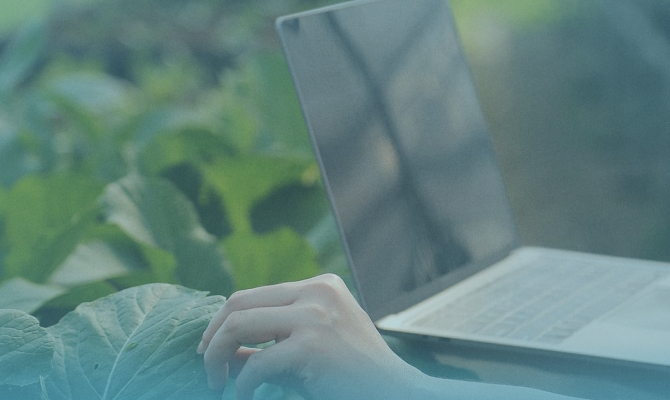The Internet of Things (IoT) is revolutionizing agriculture by providing advanced technology for monitoring and managing farms. This article explains the concept of IoT, its main components, and examples of its application in agriculture.
What is IoT?
IoT refers to a system where physical devices like sensors and tools are connected and exchange data over the internet. This technology allows for automatic data collection and more efficient management with minimal human intervention.
Key Components of IoT
- Connected Hardware: Devices and sensors that collect data from the environment.
- Sensors: Measure parameters such as soil moisture and temperature.
- Internet Connectivity: Connects devices and transmits data to analytical systems.
- Smart Systems: Analyze data to provide actionable insights or recommendations.
Examples of IoT in Agriculture
- Field Monitoring Systems: Track real-time conditions of crops and soil.
- Agriculture Drones: Collect aerial data and disperse pesticides.
- Smart Metering: Efficiently manage water and other resource usage.
- Pest Detection: Early detection of pests to prevent crop damage.
Conclusion
IoT enhances agricultural efficiency by enabling better monitoring and management through advanced technology. The adoption of IoT in agriculture offers numerous benefits and will continue to evolve in the future.
Collaborate with Avirtech to lead the charge towards a sustainable future in agriculture. Connect with us on Instagram @avirtech_group.
Related blog posts

